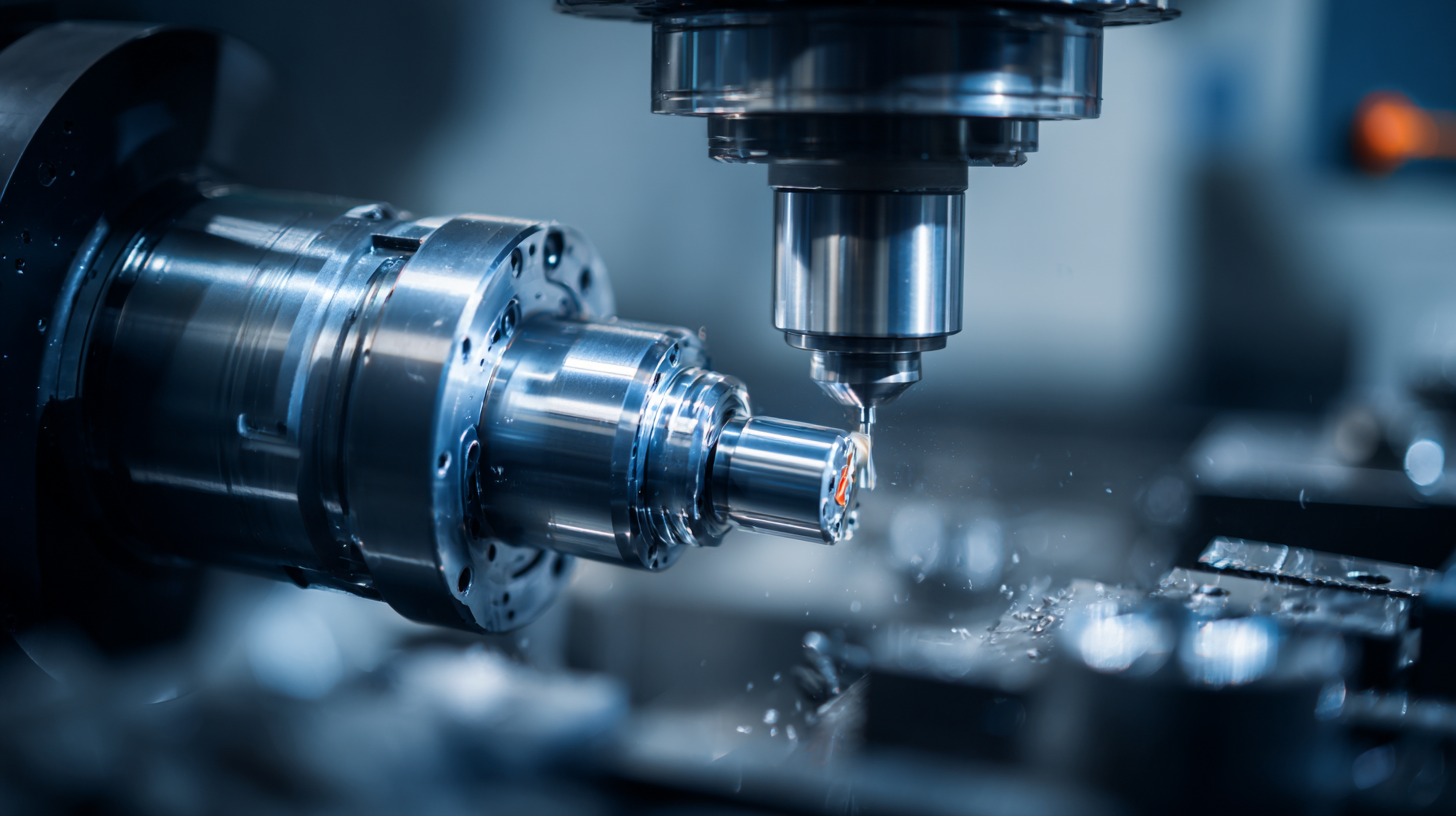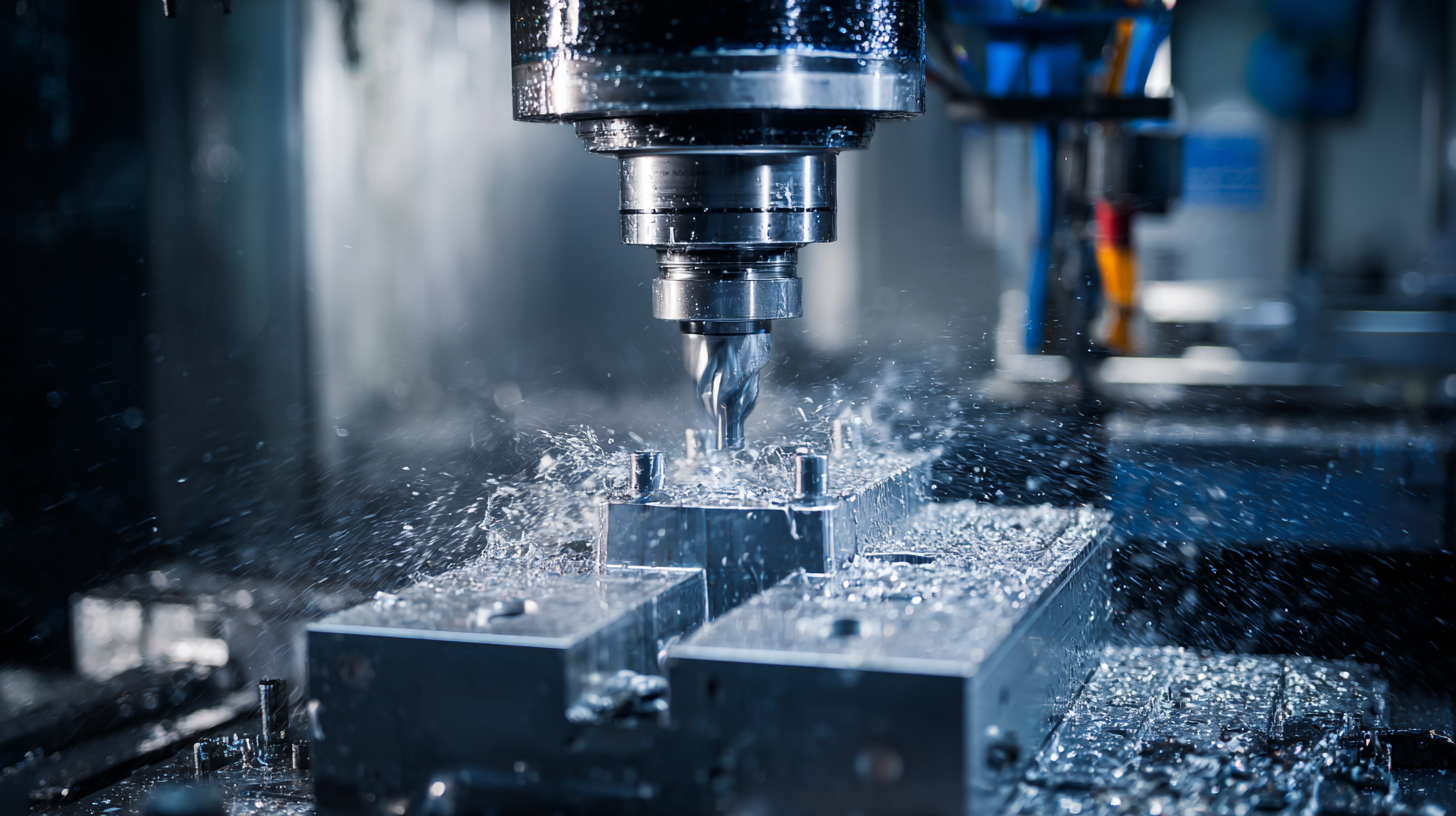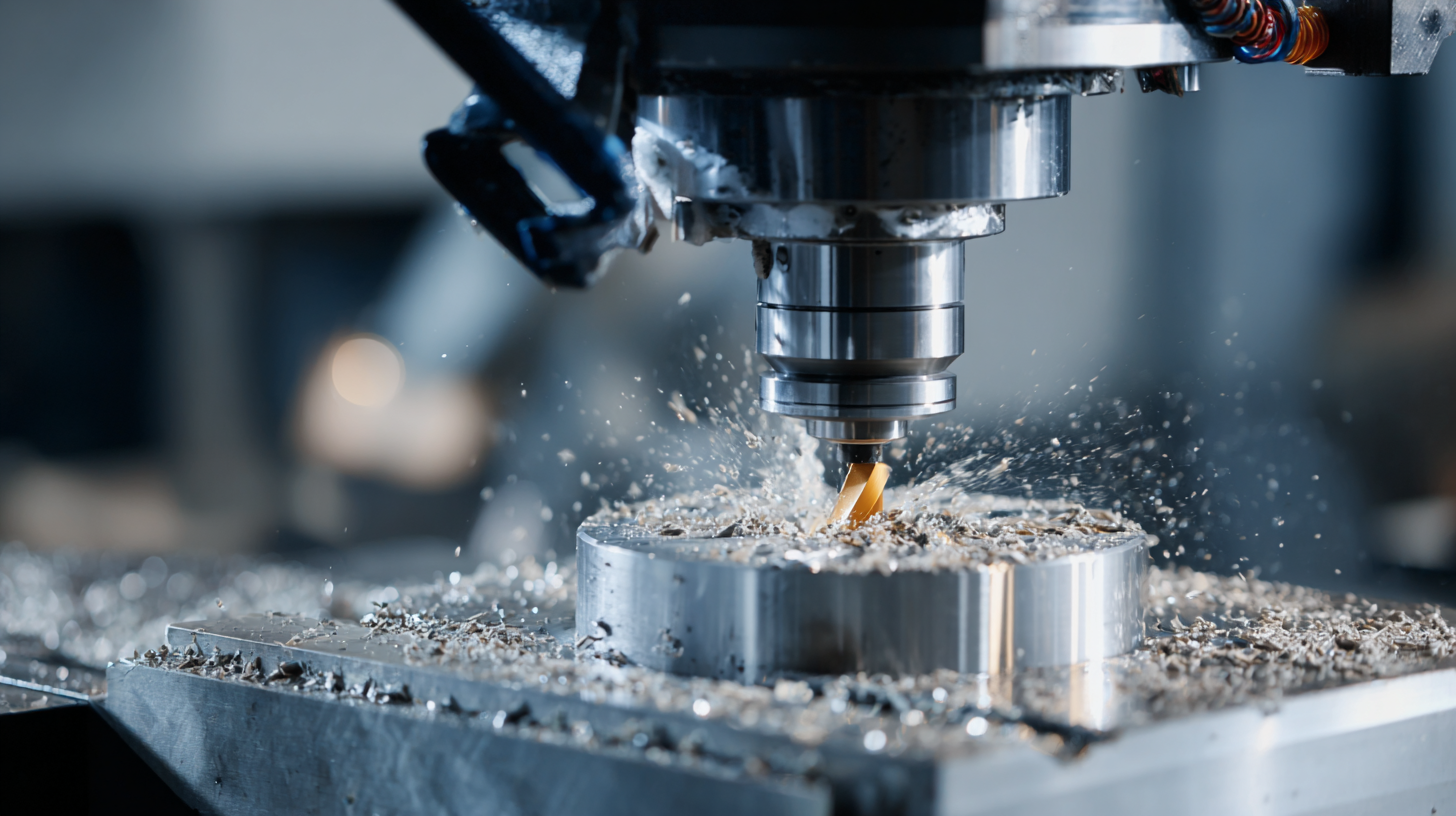Transforming Manufacturing with Best Low Cost CNC Machining Strategies for Industry 2025 Trends
As industries immerse themselves in the complexities of the Industry 4.0 paradigm, the need for efficient and cost-effective manufacturing solutions has never been more crucial. According to a recent report by Market Research Future, the global CNC machining market is expected to reach USD 100 billion by 2025, with significant growth driven by the rising demand for Low Cost CNC Machining solutions that enhance productivity while maintaining high-quality standards. The integration of advanced technologies, such as automation, IoT, and artificial intelligence, offers manufacturers the opportunity to optimize operations and reduce costs. As we look forward to Industry 2025 trends, understanding and implementing the best strategies for Low Cost CNC Machining will be pivotal, enabling businesses to stay competitive in an increasingly challenging landscape.

Emerging CNC Machining Technologies Shaping Manufacturing in 2025
The CNC machining landscape is rapidly evolving, with new technologies set to redefine manufacturing by 2025. As companies invest in the integration of artificial intelligence and robotics, the industry anticipates significant improvements in productivity and efficiency. According to a report by Custom Market Insights, the global CNC metal cutting machine tools market is projected to reach USD 252.67 billion by 2034, growing at a compound annual growth rate (CAGR) of 10.2%. This surge reflects the escalating demand for advanced machining solutions and the pressing need for manufacturers to adopt smarter, more automated processes.
Emerging trends, such as AI-driven CNC machining, are expected to disrupt traditional manufacturing paradigms. Companies are increasingly leveraging AI agents to optimize production processes, minimize waste, and enhance precision. With a substantial $4.1 million investment backing innovative ventures in this space, the convergence of AI and CNC machining appears poised to not only modernize industrial practices but also to reinvigorate local manufacturing sectors. As these technologies evolve, manufacturers must remain agile, adopting new strategies that harness these advancements for sustainable growth.
Transforming Manufacturing with Best Low Cost CNC Machining Strategies for Industry 2025 Trends
| Technology | Advantages | Cost Efficiency | Expected Growth Rate (%) | Application Areas |
|---|---|---|---|---|
| Additive Manufacturing | Reduced material waste, complex geometries | High | 25% | Aerospace, Medical Devices |
| Flexible CNC Machining | Versatility, adaptation to various materials | Medium | 15% | Automotive, Consumer Products |
| Smart CNC Machines | Enhanced precision, predictive maintenance | High | 20% | Electronics, Heavy Machinery |
| Hybrid Manufacturing | Combines advantages of additive and subtractive processes | Medium | 22% | Aerospace, Defense |
| Cloud-Based CNC Machining | Remote access, data analytics capabilities | High | 30% | Manufacturing, Aerospace |
Cost-Effective Strategies for Implementing CNC Machining in Competitive Markets
The landscape of manufacturing is rapidly evolving, and the implementation of cost-effective CNC machining strategies is pivotal for staying competitive in the market by 2025. With the global CNC machine market poised to reach $195.59 billion by 2032, businesses must adapt to leverage this growth effectively. Companies can implement CNC machining techniques that not only enhance precision but also reduce operational costs. This transition is vital for manufacturers aiming to thrive amidst increasing economic pressures.
To stay ahead, consider adopting the following tips: First, invest in versatile CNC machines that can handle multiple processes, which can streamline operations and minimize downtime. Second, focus on workforce training to ensure personnel are skilled in using modern CNC technologies; this enhances productivity and reduces error rates. Lastly, build strategic partnerships with suppliers that specialize in cost-effective raw materials, allowing for better pricing and improved supply chain management. By integrating these strategies, companies can maintain a strong foothold in the competitive manufacturing landscape.
Transforming Manufacturing with Low Cost CNC Machining Strategies
Impact of Automation on CNC Machining Efficiency and Cost Reduction
The rise of automation, particularly through the application of CNC machining, is reshaping the landscape of manufacturing, driving efficiencies and reducing costs significantly. According to recent industry reports, the global CNC machining market is projected to reach approximately $100 billion by 2025, fueled by advancements in automation technologies. These machines not only enhance production speed but also optimize precision, allowing manufacturers to execute complex tasks with reduced error rates, thus supporting the ever-increasing demand for quality and consistency in production.
Artificial Intelligence (AI) serves as a pivotal force in this transformation, enabling manufacturers to leverage data for real-time decision-making. AI systems facilitate predictive maintenance, ensuring minimal downtime and maximum productivity. A report from an industry analyst revealed that organizations employing AI-driven automation in CNC machining can achieve up to a 30% reduction in operational costs while significantly boosting throughput. Coupled with robotics, which enhances the agility of manufacturing processes, AI is set to redefine operational standards, positioning companies to maintain competitive advantages in an evolving marketplace.

Leveraging Big Data and AI to Optimize CNC Machining Processes
In the fast-evolving landscape of manufacturing for 2025, the integration of big data and artificial intelligence (AI) is proving to be transformative, particularly in optimizing CNC machining processes. As factories strive for greater efficiency and productivity, leveraging vast amounts of data allows for predictive maintenance and improved operational strategies. With AI capabilities, manufacturers can analyze patterns and anomalies in real time, ensuring that CNC machines run smoothly and reducing downtime significantly.
Tips for optimizing CNC machining processes include implementing a digital twin technology that mirrors physical machines in a virtual environment, allowing for real-time monitoring and predictive analytics. Additionally, adopting machine learning algorithms can facilitate smarter decision-making by predicting potential failures, thus allowing for timely interventions. It's also essential to invest in training staff on how to interpret data effectively, empowering them to use insights gained from AI tools to enhance production efficiency.
As we move towards a more interconnected manufacturing ecosystem, it's crucial to harness the relationship between IoT, big data, and AI. By creating a cyber-physical system that gathers and analyzes machine data comprehensively, manufacturers can foster a proactive approach to management, ultimately driving down costs while improving quality and speed of production.

Sustainability Trends in CNC Machining: Reducing Waste and Energy Use by 2025
As the manufacturing landscape evolves towards 2025, sustainability in CNC machining has emerged as a critical focus for industry leaders aiming to reduce waste and energy consumption. According to a recent market research study, the global CNC metal machining market is projected to witness significant growth, driven by an increasing demand for sustainable practices. Companies are now adopting advanced machining strategies that minimize material waste and improve energy efficiency, aligning with broader environmental goals.
One notable trend is the integration of Industry 4.0 technologies, which leverage artificial intelligence and the Internet of Things (IoT) to optimize manufacturing processes. By utilizing real-time data analytics, manufacturers can make informed decisions that reduce energy consumption and enhance production efficiency. A study highlighted that companies implementing such technologies not only see operational cost savings but also significantly decrease their overall environmental footprint.
Moreover, Vietnam's National Action Plan for a Circular Economy by 2035 emphasizes sustainable production and consumption models, reflecting a global shift towards responsible manufacturing. As industries increasingly commit to these initiatives, the demand for low-cost, sustainable CNC machining strategies will likely continue to rise, shaping the future of manufacturing well into the next decade.

